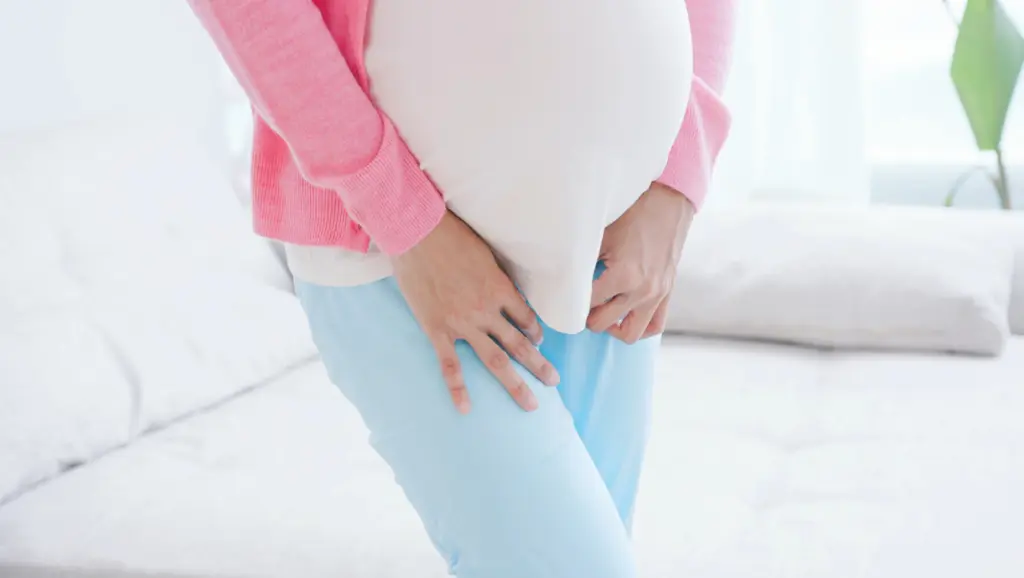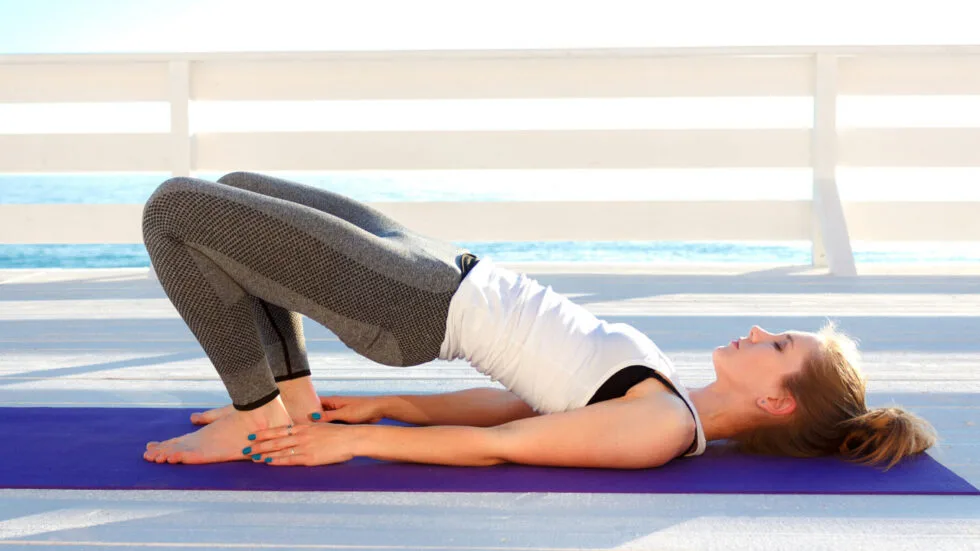Kegel exercises help make your pelvic floor muscles strong and healthy. Your pelvic floor muscles support many organs in your body, including your uterus, bladder, small intestines, and rectum. These exercises strengthen the muscles surrounding your bladder and reproductive organs, and help avoid embarrassing accidents such as bladder leakage and accidental passing of gas or stool.
Your pelvic floor muscles are what holds your pelvic organs in place. You can mostly feel your pelvic floor muscles when you stop your uri
ne flow midstream, or whenever they tighten during an orgasm.
Usually, we do not notice our pelvic floor muscles and what’s happening to them, especially when there is no pain or discomfort in the pelvic area. This puts women at risk for POP or Pelvic Organ Prolapse, a condition where your pelvic floor gets too weak whether from pregnancy, childbirth, pelvic surgeries, weight gain or simply by aging, and your pelvic organs start to drop into or out of your vagina. In milder cases, neglecting the health of your pelvic floor muscles contribute to stress, urinary, and fecal incontinence.
Kegel exercises
While these symptoms may sound horrifying for some, you do not have to worry much because it is definitely possible to avoid all of them. These exercises are not limited to women only – men also benefit from Kegels in the same way that women do. Kegel exercises help you strengthen your pelvic floor muscles, avoid the symptoms mentioned above, and even enhance your sexual experiences altogether. It increases sensitivity during sex and stronger orgasms for women, while it helps men reduce symptoms of erectile dysfunction.
Understanding how Kegel exercises work and the benefits they give your pelvic floor muscles can take time, and seeking help while doing so should not stop you from including them in your daily routine. Once you get used to the exercise, you will be able to do them anytime and anywhere without stress.
Initially, it can be difficult to locate the muscles you need to control in order to perform Kegel exercises. It is a good starting point to identify where your pelvic muscles are, and how you will be able to control them. You will identify your pelvic floor muscles by stopping your urine midstream. Trying to control your urine flow this way will get you familiarized with how your pelvic floor muscles tighten and relax – the main movements you need to know to perform Kegels. Keep in mind though, that you are only to do this to find the muscles you will be controlling while doing Kegels, as it is highly discouraged to interrupt your urination because it can cause other problems like urinary tract infections. Once you have done this, you may begin learning your technique. Every body is different, so try working on your pelvic muscles on your own before seeking help. If you are having difficulties locating the right muscles after trying the exercise or if you are feeling more pain and discomfort than relief, talk to your medical practitioner so they can guide you in using the right muscles and techniques.

If you are successful in finding your pelvic floor muscles and gaining control over them, start out slowly and try squeezing your pelvic floor muscles then release. You should feel your pelvic floor muscles tightening and relaxing. Breathe deeply in between contractions to make sure your pelvic floor muscles are relaxing. Try to get used to this, as you will be repeating the actions multiple times to successfully perform Kegel exercises.
After doing that, try to repeat it according to the recommended amount of provided by your Physical Therapist to make one set. If you are unable to continuously repeat the exercise, do as many as you are recommended to do and gradually build your count. You can add a few squeezes daily or weekly, until you build your sets up to your desired count. To know if you can increase your count, pay attention to your body when performing the exercise. If your pelvic floor muscles do not feel tired, you may begin progressing by prolonging your contractions, and then relaxing your muscles.
When performing Kegels, make sure you do not hold your breath or tighten any other muscles at the same time. These exercises are done with sole focus on your pelvic floor muscles, and not on the other surrounding muscles. Kegel exercises are not harmful, but they do not necessarily work for everyone.

Most people who do Kegel exercises regularly find it relaxing, so if you experience any pain or discomfort while doing Kegel exercises, stop immediately and meet with your medical practitioner. Pain or discomfort while doing Kegels may mean you are not doing them correctly, or it does not work well with your body. You may consult an OB GYN or meet with a physical therapist that specializes in the pelvic floor to learn what your body needs to feel comfortable and if you are doing the exercises correctly.
If you are experiencing incontinence, pregnant, or have just given birth and are using Kegel exercises to work up your pelvic floor muscles, you should see significant results after a few months of regularly doing the exercise. Keep Kegels a part of your routine even when you begin noticing that they are already working, as it will not only help with existing symptoms, but it will also help you avoid any further problems with your pelvic floor muscles and organs in the future.
Our Women Health Practitioner, Dr. Monica Saliu, PT, DPT, can help you with kegel exercises. Tribeca Physical Therapy is officially reopened for in-person physical therapy sessions and continues to offer Telehealth PT or Virtual PT. Call us at 2124068080 or message us and book your first session free.



